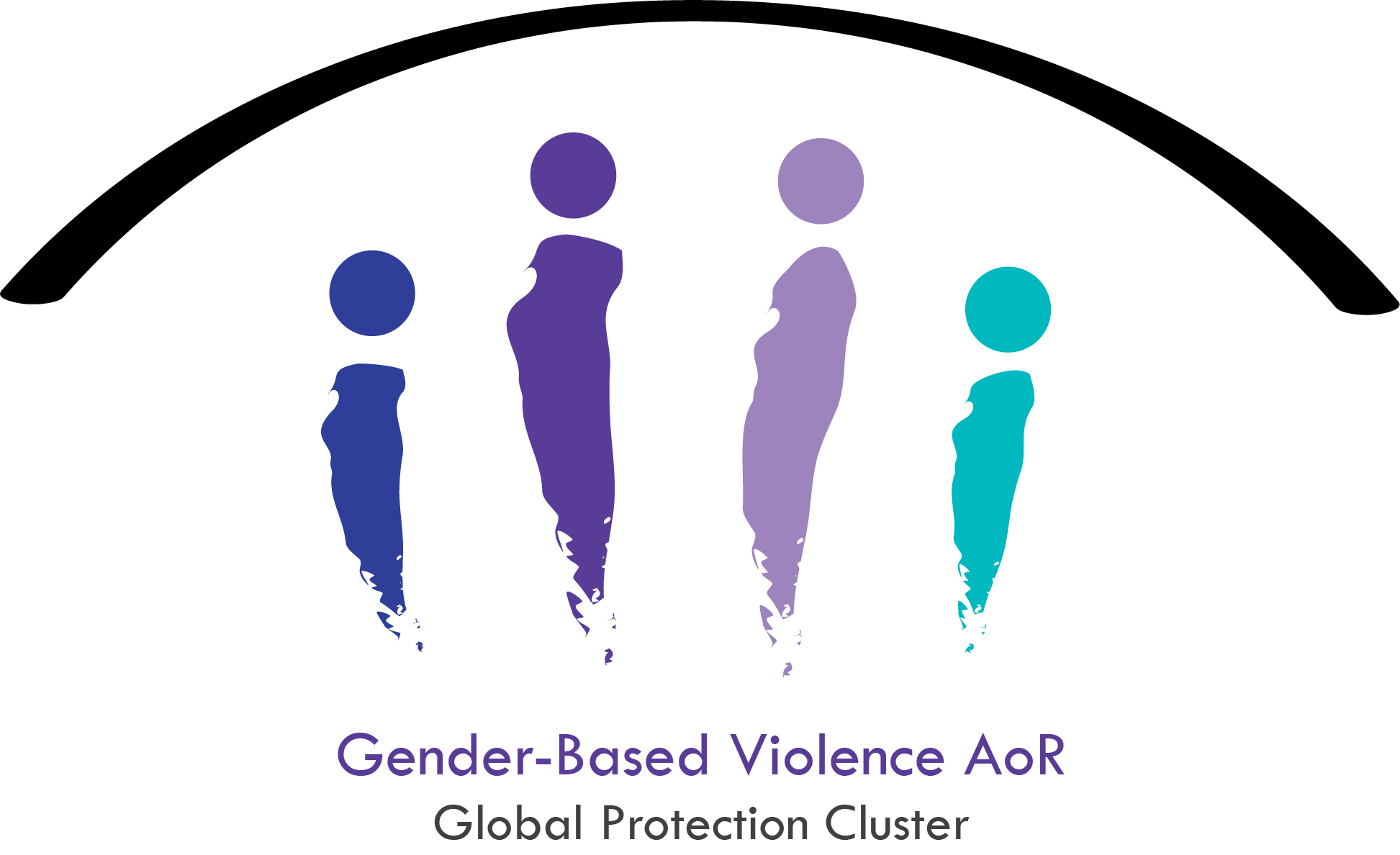Search Results for “”
GBV AoR Advocacy Handbook - GBV AoR 2014
16 Jul, 2019
Rapid Gender Analysis: Latin America & Caribbean: Venezuelan Migrants & Refugees in Colombia - CARE 2019
26 Jul, 2019
This Rapid Gender Analysis provides preliminary information and observations on the different needs, capacities and coping strategies of Venezuelan migrant and refugee women, men, boys, and girls in Colombia. It seeks to understand how gender roles and relations have changed as a result of the crisis and share recommendations for how the humanitarian community can more effectively consider these changing dynamics to better meet the different needs of women, men, boys and girls of different ages, abilities and other contextually relevant forms of diversity.
Facilitator’s Guide: Applying and Understanding the Inter-Agency Minimum Standards for Gender-Based Violence in Emergencies Programming
26 Jan, 2021
The Facilitator’s Guide: Applying and Understanding the Inter-Agency Minimum Standards for Gender-Based Violence in Emergencies Programming (Facilitator’s Guide) aims to enhance understanding and application of the Inter-Agency Minimum Standards for Gender-Based Violence in Emergencies Programming. The Facilitator’s Guide aims to equip a diverse range of actors implementing, supporting and/ or planning to implement, specialized GBV programming in humanitarian settings with (1) an understanding of the GBV Minimum Standards’ content; and (2) a process for assessing how the GBV Minimum Standards are currently implemented in their setting to support the improved application of the Standards without doing harm.
Gender-Based Violence and Child Protection Field Cooperation Framework is Out!
06 Jan, 2022
Recognising the interconnected needs of child and adolescent survivors, it is evident that Gender-Based Violence (GBV) and Child Protection actors have overlapping responsibilities in regard to response, mitigation, prevention and preparedness. Actors must cooperate to generate better knowledge, develop skills and expand resources. Both GBV and Child Protection minimum standards reiterate the need for intersectoral cooperation. Increasingly complex emergencies require the collaboration between different disciplines to understand and address new and growing needs affecting girls and boys.1 Changes in the humanitarian landscape means that GBV and Child Protection response, mitigation and prevention will be led and implemented by diversified, local actors. Local actors need support to take on leadership roles in leading and coordinating response. Local women and youth organisations are instrumental for the practical response to the needs of child and adolescent survivors. The role of GBV ...
GBV AoR Strategy 2021-2025
23 Jul, 2019
The GBV AoR Strategy 2021-2025 sets out the strategic objectives until 2025.
Gender-based Violence (GBV) Risk Analysis for Cash and Voucher Assistance (CVA) in Ukraine - GBV AoR, OCHA, ACTED 2022
19 Aug, 2022
A GBV Task Force was formed by members of the Gender-Based Violence (GBV) Sub-Cluster and the Cash Working Group (CWG) in April 2022 in Ukraine. This Task Force (TF) has been created to support GBV mainstreaming within Cash programming for the Ukraine response. The role of this TF is to review tools, assessments and plans for the roll-out of Cash and Voucher Assistance (CVA), but also to provide a “GBV Risk Analysis of CVA for the Ukraine context”. To this end, more than 15 members of the TF gathered on May 6 to undertake this analysis based on information from operational partners in both GBV and CVA and information collected from different assessments. Preliminary results from this joint exercise were then shared for feedback to a wider audience of GBV and CVA actors. See the whole GBV Risk Mitigation in CVA toolkit here: https://gbvaor.net/node/1607
Gender-based Violence (GBV) Risk Analysis for Cash and Voucher Assistance (CVA) in Ukraine - GBV AoR, OCHA, ACTED 2022
07 Jun, 2022
A GBV Task Force was formed by members of the Gender-Based Violence (GBV) Sub-Cluster and the Cash Working Group (CWG) in April 2022 in Ukraine. This Task Force (TF) has been created to support GBV mainstreaming within Cash programming for the Ukraine response. The role of this TF is to review tools, assessments and plans for the roll-out of Cash and Voucher Assistance (CVA), but also to provide a “GBV Risk Analysis of CVA for the Ukraine context”. To this end, more than 15 members of the TF gathered on May 6 to undertake this analysis based on information from operational partners in both GBV and CVA and information collected from different assessments. Preliminary results from this joint exercise were then shared for feedback to a wider audience of GBV and CVA actors.
